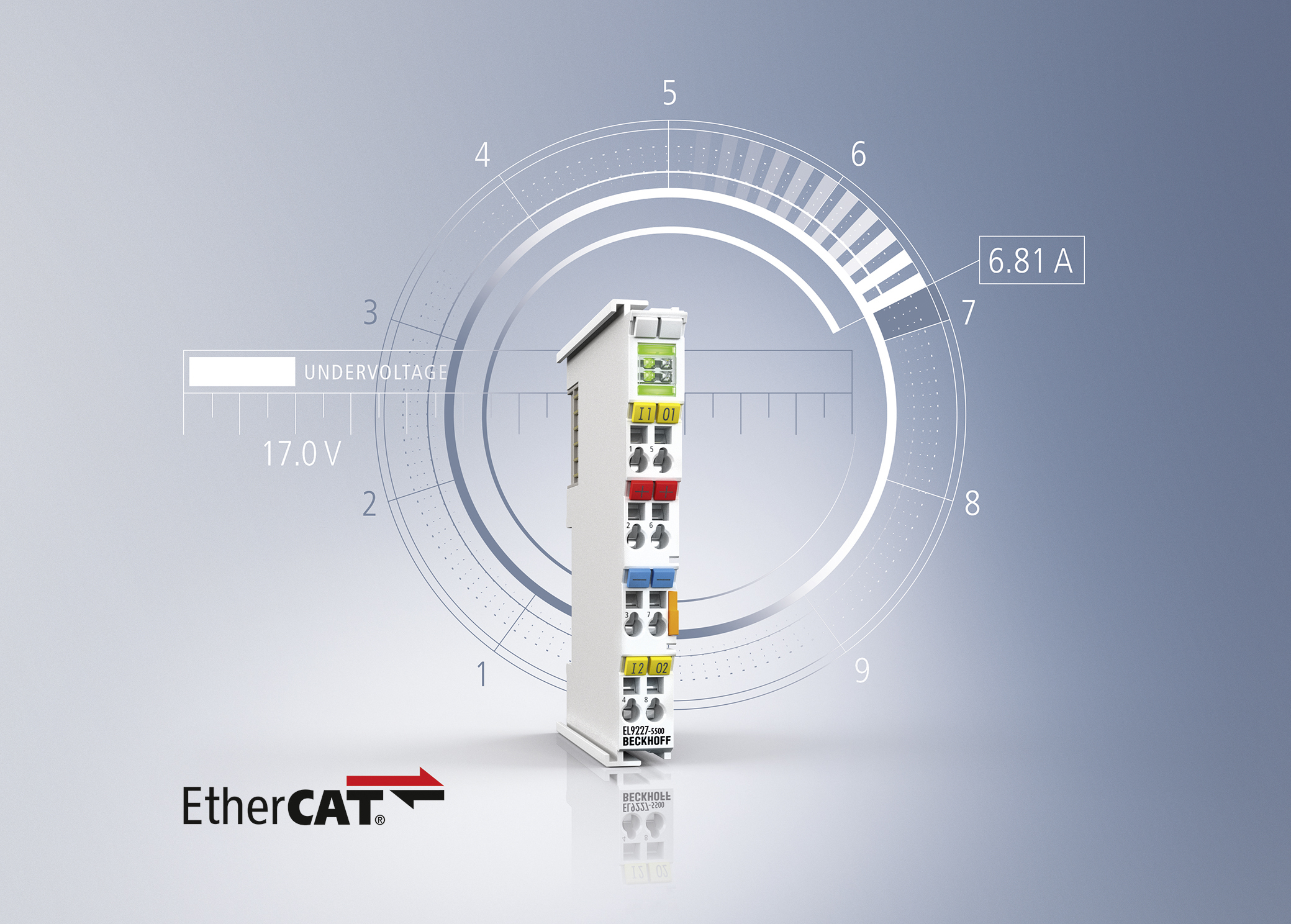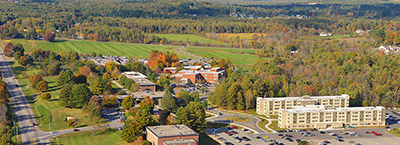More than any other form of power, electricity has the virtue of portability. Compared to steam, hydraulic or any other form of power, electrons are easier to move than anything else, even when there are lots of them. In the ‘War of the Currents’ we discovered that alternating current was even more portable than direct current when significant distances involved. AC won over DC because it can be sent over greater distances with minimal loss.
The War of the Currents in the late 1800’s was a huge spectacle. Both sides electrocuted animals to demonstrate how dangerous both dc and ac power were. The electric chair was invented and tested at Edison’s labs and put into use immediately in New York State as an alternative to hanging.
DC power is required to operate anything that requires control circuitry. Most control relays, switches, sensors, and everything solid state requires direct current. Which makes this ironic is that after more than 100 years of developing electricity as our main means of powering things, our grid is AC but most of our loads are DC. User devices such as radio, TV, phone, air conditioning controls, are all dc. Today’s LED lighting is based on transistors which require power supplies to convert grid power to DC.
At the turn of the 19th Century, the energy infrastructure of major cities was a mix of electric, gas and steam. Gas lighting was the dominant technology which had the negatives of producing carbon monoxide and soot. As electric lighting began to become available, power delivery was from centralized DC dynamos at relatively short distances.
All of the technologies available attempted to centralize power generation to gain economies of scale. Centralizing scaling electric power generation as incandescent light became popular was the major task of the late 1800’s and early 1900’s. The core technology for generating electricity is either water falling in order to turn a generator, or burning something to make steam to turn a generator. Since AC power could travel over distances, centralized large power generation using a distribution network became the preferred solution.
It is nothing short of miraculous that the billions of dollars of resources committed to utility power are able to generate power at 4.5 to 5 cents per kilowatt hour. That is one of the most incredible bargains in history. Delivering that power costs a more, and costs have been rising of the years, but it’s still a crazy good deal.
Filed Under: Mechatronic Tips



